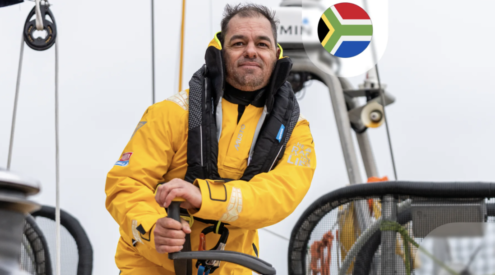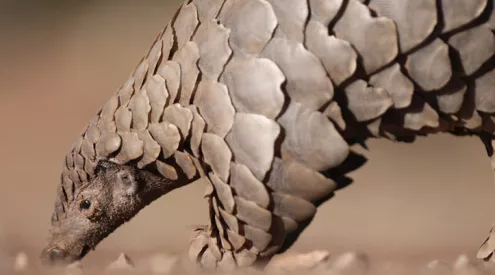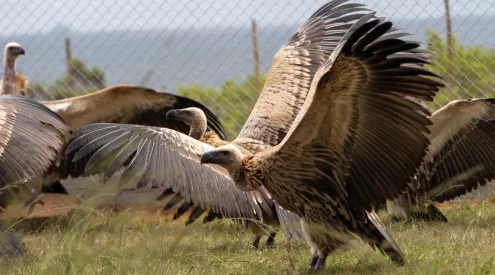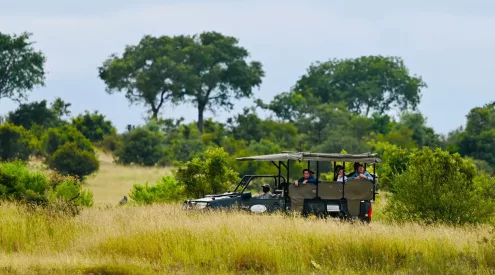Scientists in northern Russia have discovered a huge walrus haulout containing around 3,000 animals. The haulout is located on the shores of the Kara Sea, a short distance away from their natural habitat, which is currently under threat from human activity and shrinking ice.
A haulout is a piece of land or ice in which pinnipeds seek shelter to congregate, reproduce, and socialise. Walrus haulouts are usually located on drifting sea ice or on Arctic islands. However, due to extensive oil and gas explorations, more Arctic shipping and warmer climates, the Walrus population spotted by scientists was forced to seek refuge closer to shore, according to Reuters.
2 good count stories today, from the US to the Arctic Ocean:
Potential positive sign for the near threatened Atlantic walrus population after discovery of huge group of 3,000 walruses hanging out along the Kara Sea coastline!
Arctic Research Station of the I/Reuters pic.twitter.com/nOFM5YAq35
— Prem Gill (Polar Prem) (@PolarPrem) November 7, 2020
According to Aleksander Sokolov, a senior Arctic researcher at Russia’s Academy of Sciences, ‘This haulout is unique because there are both female and male walruses, as well as calves of different age.’ He also described the finding as a ‘unique open-air laboratory’.
In 2016, the International Union for Conservation of Nature (IUCN) declared the species as ‘nearly threatened’, with an estimated 12,500 adult Atlantic walruses remaining in the world. The reason as to why their numbers dropped so significantly is because commercial hunting of the animal was only banned internationally in the middle of the 20th century. Before the ban was implemented, walruses were relentlessly hunted for their rich blubber and ivory tusks.
Scientists in northern Russia have discovered a huge walrus haulout on the shores of the Kara Sea where their habitat is under threat from shrinking ice https://t.co/Zy97vhxTZb pic.twitter.com/T8hztYda0G
— Reuters Science News (@ReutersScience) November 6, 2020
There is, however good news to come from this finding. Andrei Boltunov, a member of the Marine Mammal Research and Expedition Center, said that the haulout was initially discovered in 2019, but only properly documented this year, and based off of the number of walruses pictured, it looks as though the Atlantic walrus population was slowly recovering.
In the weeks following their discovery, scientists have fitted several walruses with satellite tags to monitor their movements along with taking a number of DNA samples. The information gathered from this data will hopefully be used to answer why this particular Arctic beach is so appealing for thousands of walruses.
Picture: Pixabay


















